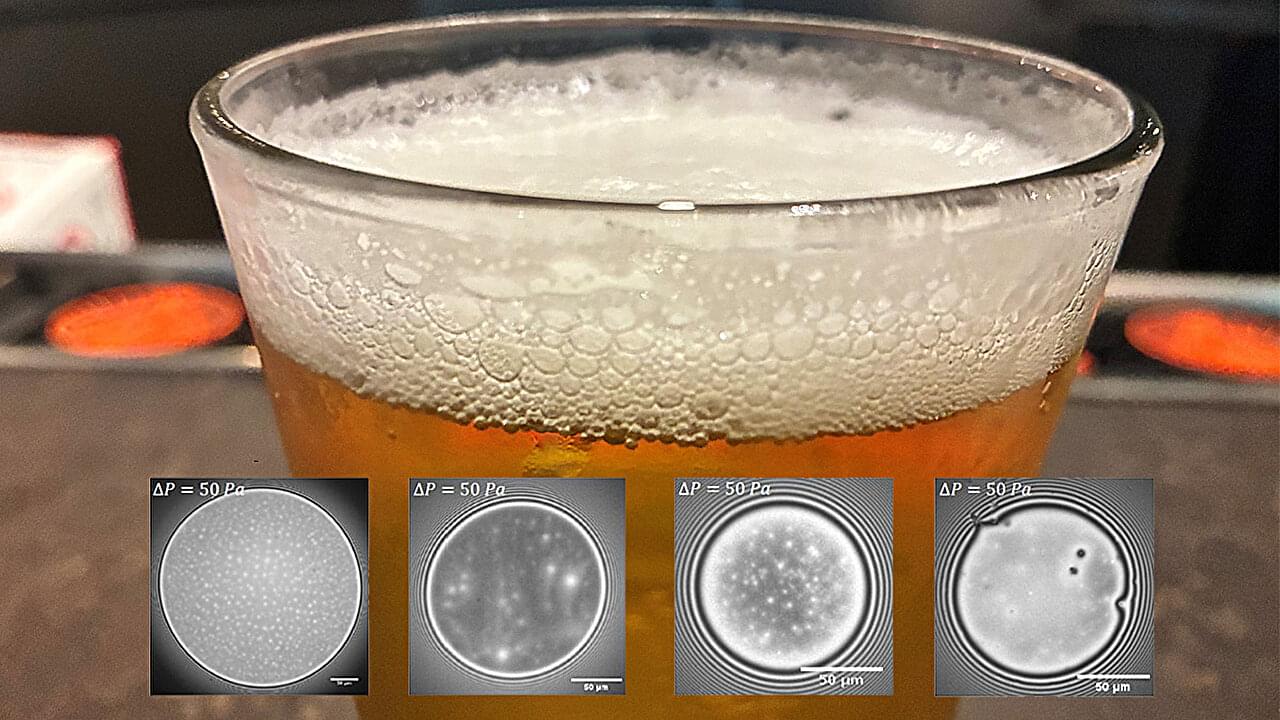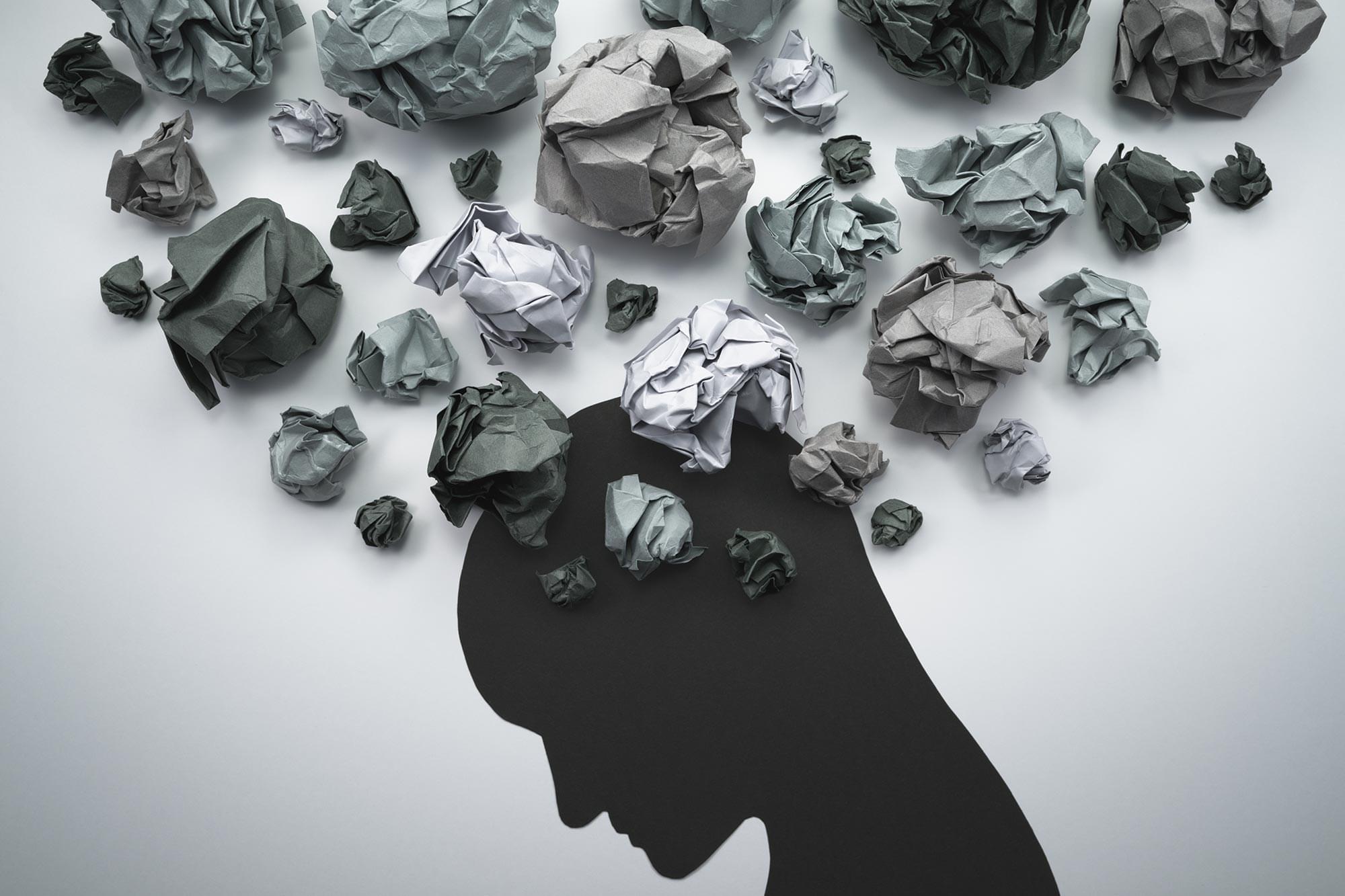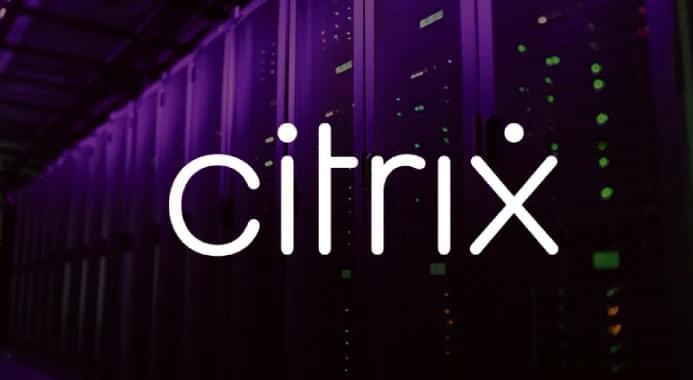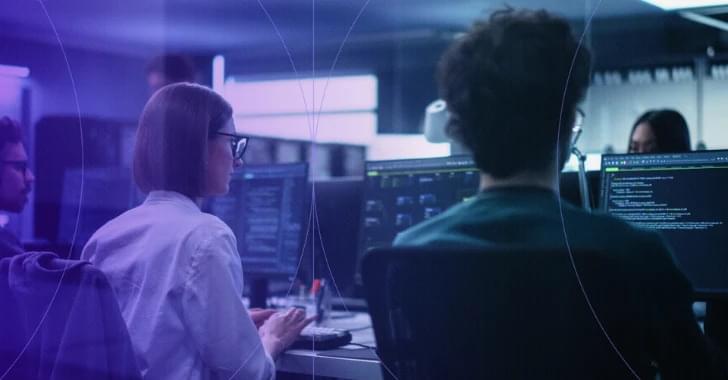The Jiangmen Underground Neutrino Observatory (JUNO) has successfully completed filling its 20,000-tons liquid scintillator detector and began taking data on Aug. 26.
After more than a decade of preparation and construction, JUNO is the first of a new generation of very large neutrino experiments to reach this stage. Initial trial operations and data taking show that key performance indicators met or exceeded design expectations, enabling JUNO to tackle one of this decade’s major open questions in particle physics: the ordering of neutrino masses—whether the third mass state (ν₃) is heavier than the second (ν₂).
Prof. Wang Yifang, a researcher at the Institute of High Energy Physics (IHEP) of the Chinese Academy of Sciences and JUNO spokesperson, said, “Completing the filling of the JUNO detector and starting data taking marks a historic milestone. For the first time, we have in operation a detector of this scale and precision dedicated to neutrinos. JUNO will allow us to answer fundamental questions about the nature of matter and the universe.”








